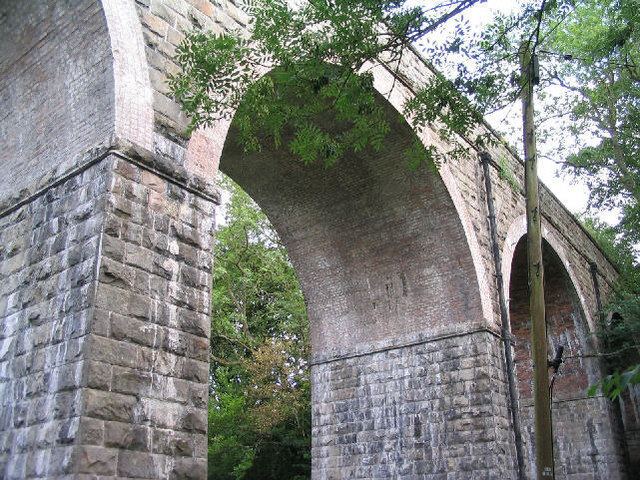OS grid reference SJ285553 Country Wales Post town WREXHAM Local time Saturday 6:26 AM Dialling code 01978 | Sovereign state United Kingdom Postcode district LL11 | |
 | ||
Weather 8°C, Wind S at 10 km/h, 87% Humidity | ||
Ffrith is a small village in the community of Llanfynydd in Flintshire, north-east Wales.
Contents
Map of Ffrith, Wrexham, UK
Name
The name Ffrith (the Welsh double "f" is pronounced simply as "f") reflects a spelling and pronunciation particular to Flintshire: it is derived from a North Welsh word meaning variously a "pasture", "enclosure" or "forest" and borrowed originally from the Middle English word "frith", meaning a forest or game preserve. The name Belmont or Bell Mount was also commonly used for the village in the 19th century. In local usage the village is usually referred to as "the Ffrith".
The village is situated in the southernmost part of the county in the wooded valley of the River Cegidog at the point where the Nant-y-Ffrith stream flows into it. Neighbouring villages include Cymau to the east, Brymbo to the south-east and Llanfynydd, one mile to the north. The nearest major towns are Wrexham to the south-east and Mold towards the north-west.
History
Archaeological excavations have revealed evidence of Roman presence in the area. A Roman villa was built here, a Roman road is thought to have passed through and lead mining may have taken place. Several centuries later, Offa's Dyke was constructed across the area. The archaeological television programme Time Team led a dig in the area, digging in the car park of the Blue Bell pub as well as other areas of the village.
In the 19th century, the village's size and importance grew as quarrying for limestone and silica and mining for lead and fireclay became more significant. A railway line, the Wrexham and Minera Joint Railway was built through the village and a small station, a number of shops and several pubs opened.
Industry in the area declined through the 20th century, with the last fireclay level closing in the late 1960s. The railway ceased operation in 1952. A large stone viaduct still stands near the village. The village shops and pubs have all closed.
There is a rare example of a packhorse bridge dating from at least the 18th century in the village. Welsh groundsel was first discovered near Ffrith in 1948.
